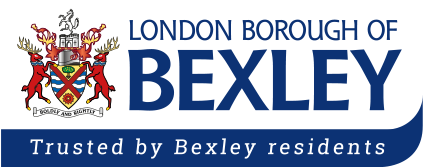VAWG Context
Equality and Diversity of Survey Respondents
This data represents the demographics of Bexley residents who participated in the survey. There was good participation from most community groups and identities in the borough, however less so from male residents, or female residents aged 19 to 30 years.
The diversity of identities and characteristics has been used in the data analysis to understand how different groups experience or feel about VAWG in Bexley.
Feelings of Safety - Scoring of Respondents
This data analysis demonstrates the average safety score for Bexley, with 10 being ‘no concern’ and 1 being ‘extremely concerned’, was 5.98. This indicates that people in Bexley do not feel particularly unsafe, but that there are real concerns around VAWG that nevertheless need addressing.
Feelings of Safety - Scoring of Respondents by Demographic
This safety cross analysis represents the different feelings of safety according to respondent identity.
The data below demonstrates the differentiation in feelings of between males and females, and between those who have experienced or witnessed VAWG and those who have not. Females felt more unsafe than males, and those who have experience or witnessed VAWG reported feeling more unsafe than those who had not.
Feelings of Safety – Scoring of Respondents by Demographic continued
The data was also assessed to consider variation in feelings of safety based on race and ethnicity, sexuality, religion, and disability. Black and Asian people reported feeling safer than white or mixed-race groups. Those with no disability reported feeling safer than those with a disability. Heterosexual people reported feeling safer than lesbian, gay, bisexual, or queer people.
Responding to VAWG - top priority
This data represents residents’ views of what can be done to address those concerns, with ‘educating men and boys’ being the leading priority area.
Locations of VAWG Incidents - Response Mapping
This data set represents the locations of concern reported by survey respondents.
The majority of VAWG incidents identified took place outside the home, most being on the street, transport or in a public open space or venue. Many were in the Bexleyheath ward, with the town centre noted most often. This demonstrates both that VAWG takes place everywhere but that there are hotspots, seemingly where there is most footfall.
